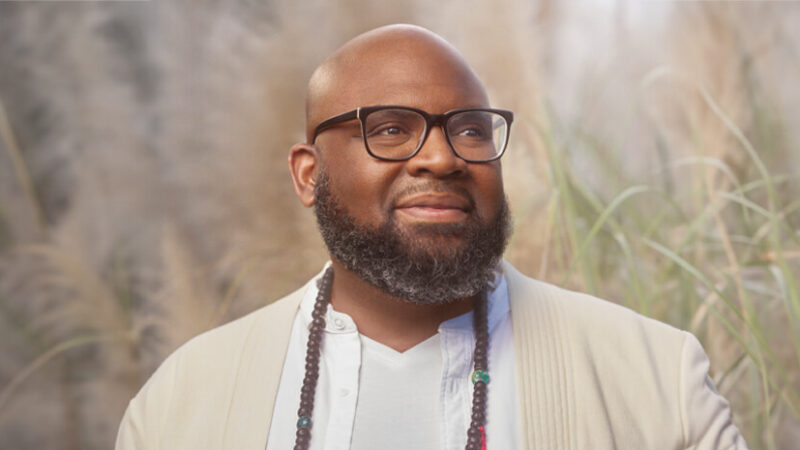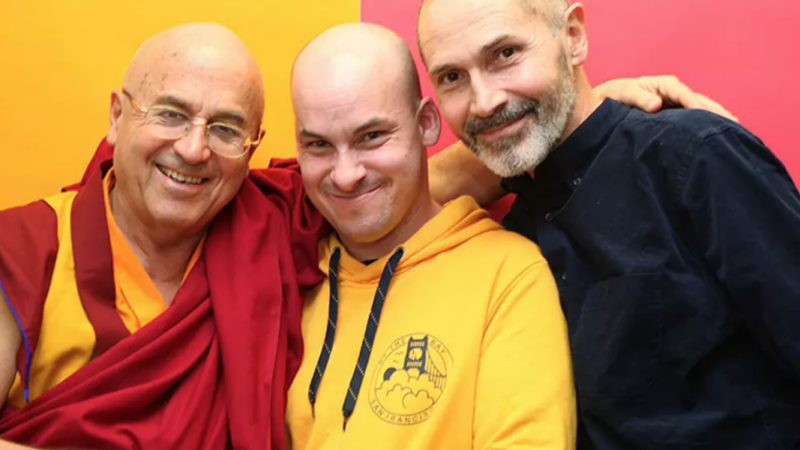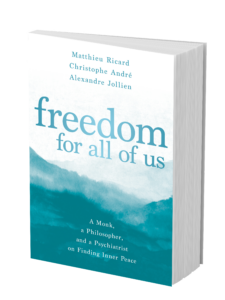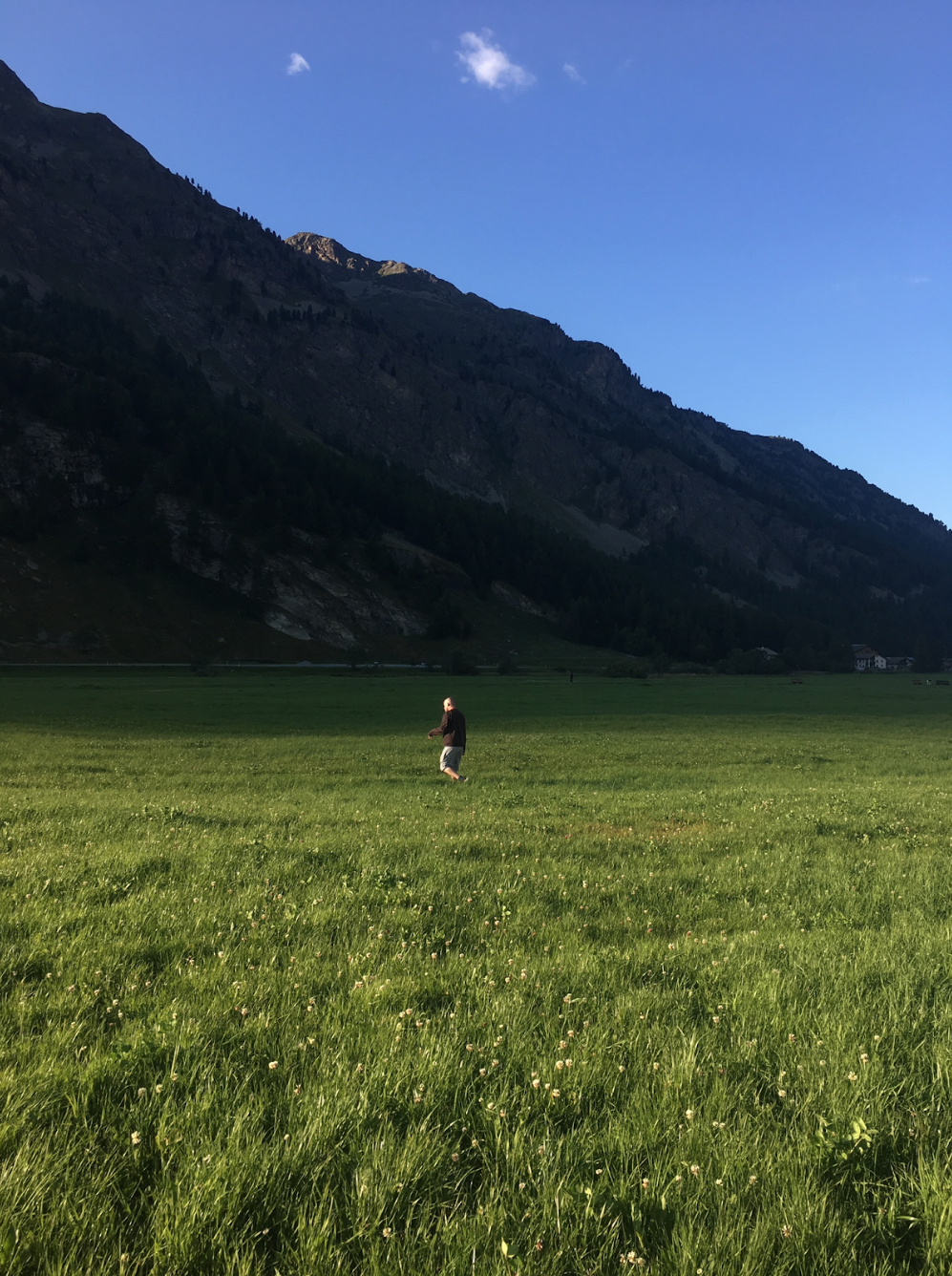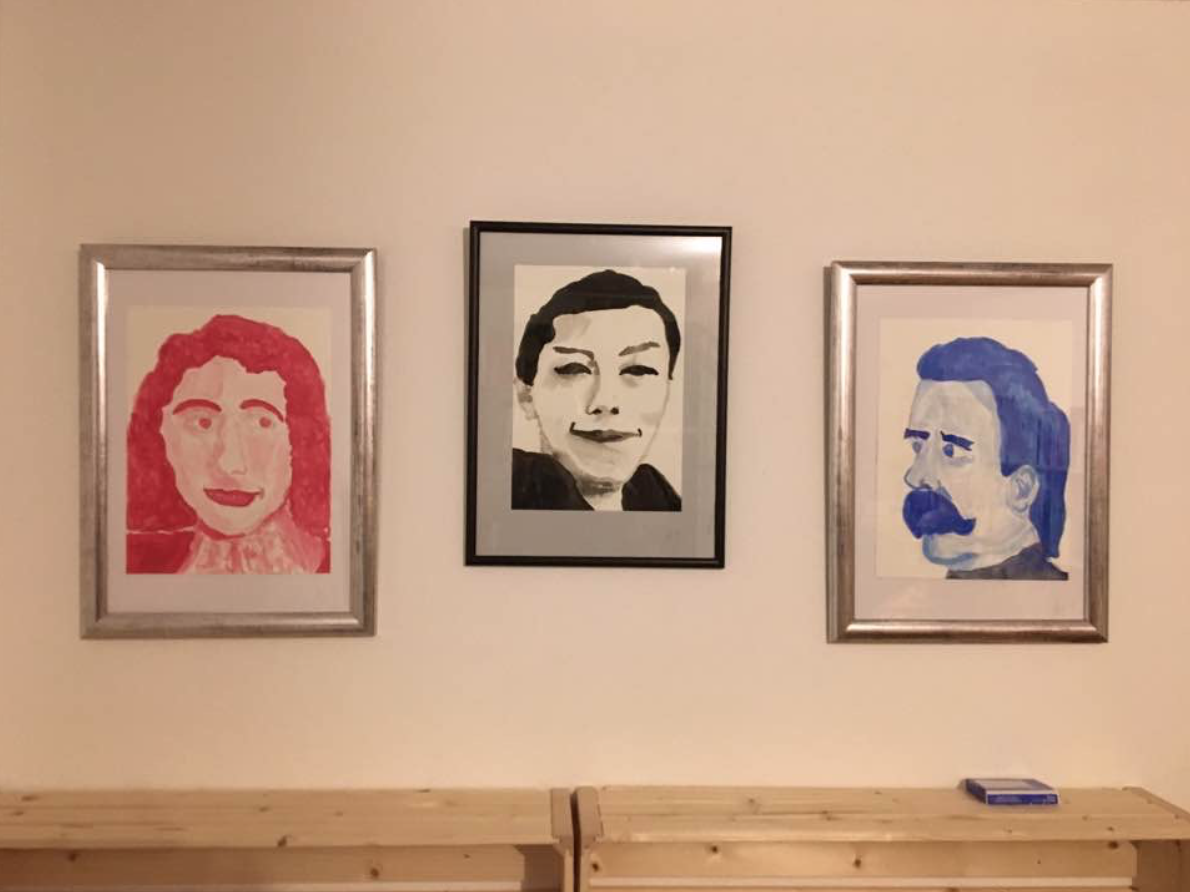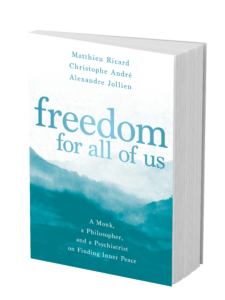A Living Practice: Take a Tour of the Nervous System T...

A practitioner in Tree Pose (or you can, of course, use any pose in this exploration) can experience the different layers of neural processing stacked atop each other, even if unconsciously. The structure and experience of Tree Pose itself reflect the hierarchical structure of the nervous system; the stability of the lower, sensory layers is like the trunk of a tree, whereas the higher, abstract layers are like the tree’s branches.
Whole Body
While you are positioned in Tree Pose, what information is available to you?
- At the bottom layer are the exteroceptive senses that perceive the external world (touch, smell, sight, taste, and hearing)
- Next are the proprioceptive senses—those that perceive the positions of neighboring body parts relative to each other
- Also at play is the equilibrio-ceptive sense, which measures the position of the body relative to gravity
Neck
Can you sense your heartbeat and breath while in Tree Pose?
- You cultivate the stability discovered through equilibrioception through autonomic functions controlled by the medulla and pons in the brain stem
Heart
What is your emotional experience while in Tree Pose?
Do any fears or past traumas influence your current experience, even unconsciously?
- The limbic system—comprised of numerous brain regions above the brain stem—is associated with assigning emotional value to experience
Head
When we inhabit an asana like Tree Pose with ease and stability, we experience multisensory integration in a refined and cohesive way.
- Mindfully paying attention to the body as we practice harnesses neuroplasticity, refining the neural pathways associated with processing signals from the body
What does it feel like to be you while in Tree Pose?
Feet
- The self-sense is the most abstract layer of the nervous system hierarchy; it’s associated with the brain’s DMN (default mode network). It is the part of the nervous system that generates a sense of selfhood, and it is also the capacity that allows the feeling of being me to occur.
Excerpted from Yoga & Psyche: Integrating the Paths of Yoga and Psychology for Healing, Transformation, and Joy by Mariana Caplan.

Mariana Caplan, PhD, MFT, E-RTY 500, is a psychotherapist, yoga teacher, and author of eight books in the fields of psychology, spirituality, and yoga. She has been teaching workshops and trainings online, in yoga studios and universities, and at major retreat centers throughout the world since 1997. She is the founder of Yoga & Psyche International, an organization created to integrate the fields of yoga and psychology globally, and lives in Fairfax, California. Learn more at realspirituality.com and yogaandpsyche.com.

Buy your copy of Yoga & Psyche at your favorite bookseller!

